PPT-Presenter's name: Igor Sokolov, Ph.D.
Author : myesha-ticknor | Published Date : 2016-02-24
Organization affiliation NanoScience Solutions and Tufts University Telephone number 3152124865 6176272548 Email address ctoNanoScienceSolutionscom igorsokolovtuftsedu
Presentation Embed Code
Download Presentation
Download Presentation The PPT/PDF document "Presenter's name: Igor Sokolov, Ph.D." is the property of its rightful owner. Permission is granted to download and print the materials on this website for personal, non-commercial use only, and to display it on your personal computer provided you do not modify the materials and that you retain all copyright notices contained in the materials. By downloading content from our website, you accept the terms of this agreement.
Presenter's name: Igor Sokolov, Ph.D.: Transcript
Download Rules Of Document
"Presenter's name: Igor Sokolov, Ph.D."The content belongs to its owner. You may download and print it for personal use, without modification, and keep all copyright notices. By downloading, you agree to these terms.
Related Documents

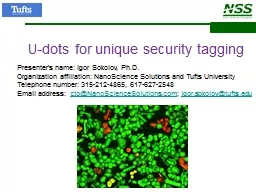

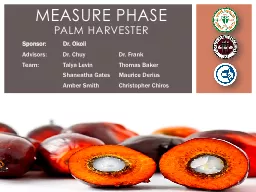



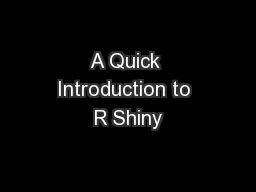



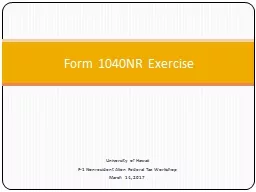
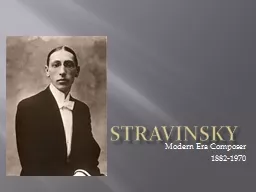

![[ Presenter name] [Presenter Title and Affiliation]](https://thumbs.docslides.com/928110/presenter-name-presenter-title-and-affiliation.jpg)